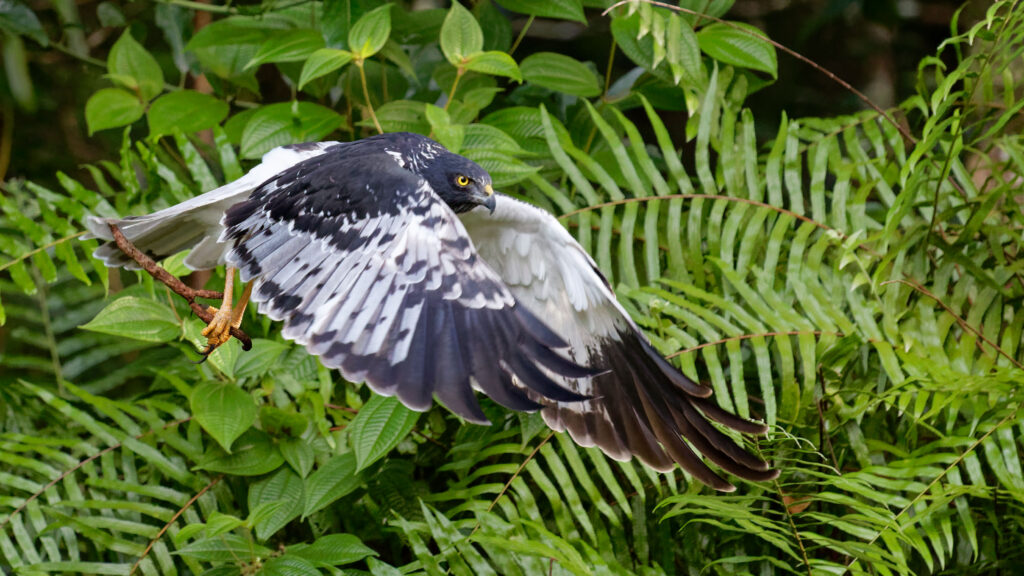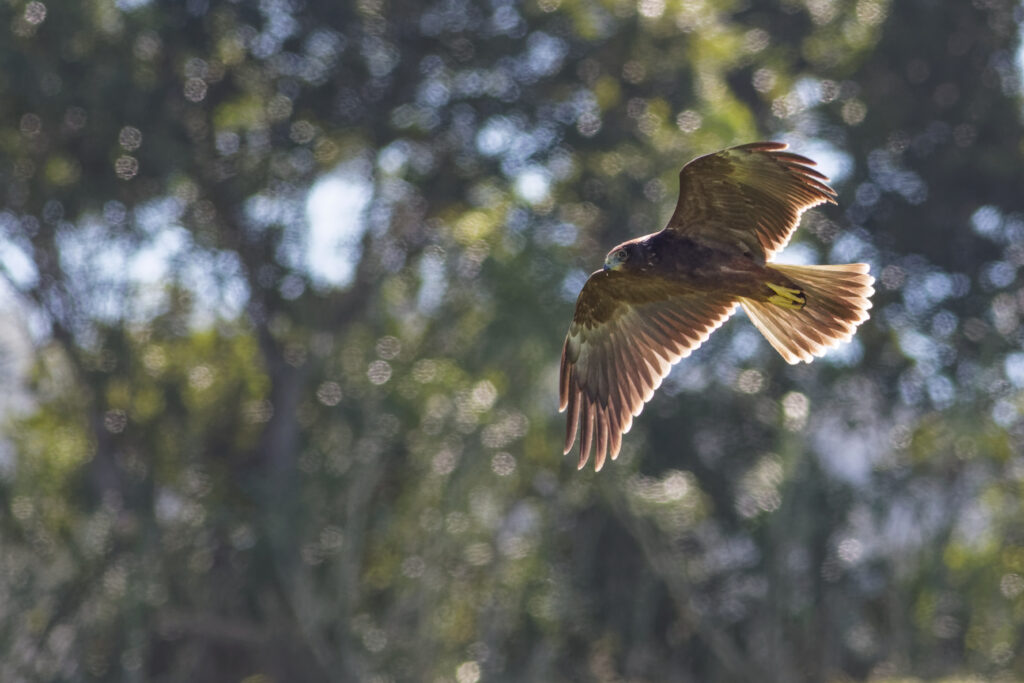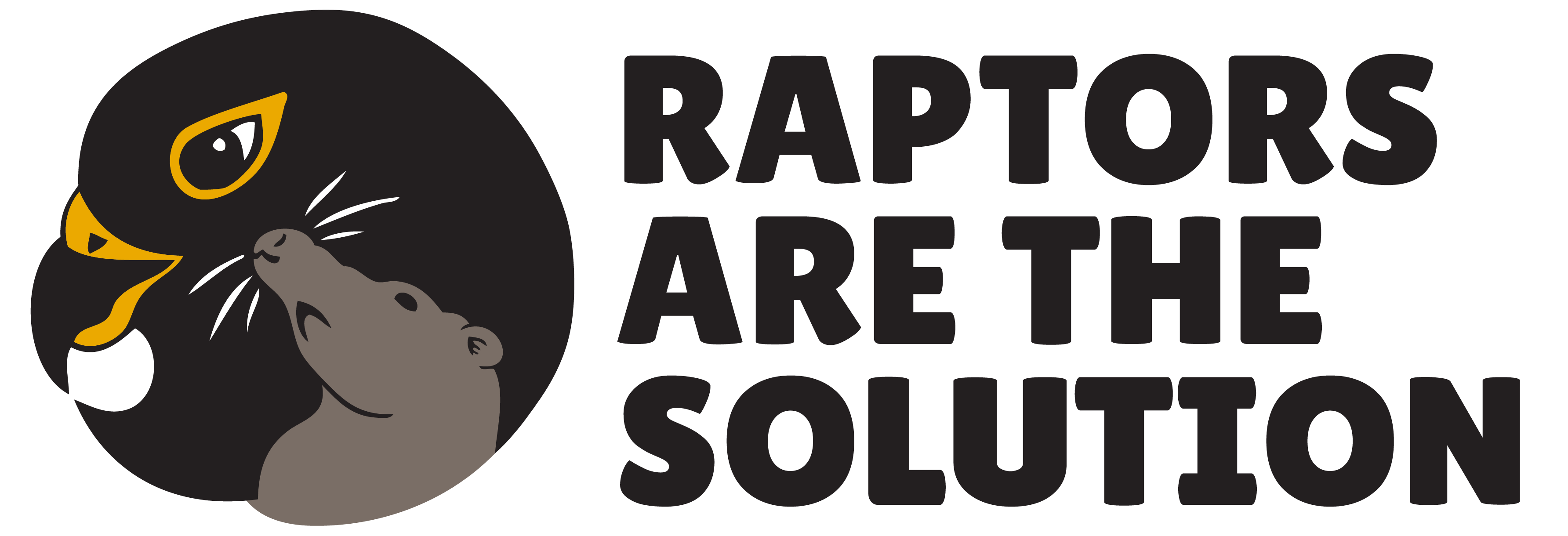by Joe Eaton

(Full article from RATS Tales March 2021)
Ever since Darwin, oceanic islands have been recognized as natural laboratories where the effects of evolution are inescapable. They’ve also been theatres of environmental tragedy, witnessing the destruction of unique biotic communities.
Réunion Island, in the Indian Ocean east of Madagascar, is no exception. Most of the island’s endemic birds have gone extinct since Europeans reached the uninhabited island in the 16th century, victims of habitat loss and hunting. The Réunion harrier, the island’s last remaining raptor and largest surviving endemic bird, was more fortunate, but its luck may be running out. Adaptable enough to switch from a prey base of native birds to introduced rodents, it is now endangered by the anticoagulant rodenticides used in sugar cane fields.
Before Europeans arrived, Réunion had no native mammals except bats, and the harrier preyed on birds (and still does on endemic white-eyes) and large insects. With humans came stowaway rats, mice, and shrews, and non-native reptiles and amphibians. While still using forested nest sites, the harrier began hunting in cane fields and other cultivated areas, where the rats were.

The harrier was officially classified as “vermin” until 1966, about the time a serious population decline was documented. Although protected status since 1974 has not eliminated poaching, killing by poultry growers, and other threats, numbers remained stable for several decades before dropping again. Recent trend analysis shows a significant decrease between 2000 and 2010 and a smaller decline until 2019. The harrier is now considered one of the world’s rarest raptors, with as few as 150 pairs. The local nonprofit organization La Société d’Etudes Ornithologiques de la Réunion (SEOR) published a conservation plan in 2011.
Secondary anticoagulant rodenticide poisoning was identified as a threat to the harrier earlier, but a recent article in Biological Conservation by ecotoxicologist Michael Coeurdassier (University of Burgundy and Franche-Comté) and colleagues in metropolitan France and on Réunion gave the first detailed picture. In an analysis of liver samples from harriers found dead or that died in captivity, 54 of 58 individuals showed exposure to ARs; 62 percent had concentrations compatible with poisoning. Second-generation ARs (SGARs) were more prevalent than first generation ARs (FGARs), with difenacoum in 73 percent of the samples, bromadialone in 70 percent, brodifacoum in 51 percent, and the FGAR chlorophacinone in 41 percent. (The FGAR diphacinone is not authorized for use on Réunion or elsewhere in the European Union.) Eighty-one percent of the birds had been exposed to more than one AR, with bromadialone and difenacoum the most common combination.

According to co-author Steve Augiron of SEOR, brodifacoum and difenacoum are used on Réunion to control rats that prey on endangered birds: the Réunion cuckooshrike and three seabirds, including the endemic Mascarene petrel (thought to be extinct until its rediscovery in the 1970s) and Barau’s petrel. Mechanical traps are also deployed. “Zero risk does not exist, because harriers can always be observed hunting nearby,” Augiron acknowledges. “But most of the population and the priority issue is in and around agricultural and urban areas.”
“After the publication of the first paper showing the real level of exposure of the [harrier] population to rodenticides, a stronger awareness has developed, and now we are committed to a concerted objective of developing integrated pest management with all the stakeholders on the island concerned by the rodent problem,” says Augiron. That will be part of a new action plan for the 2020s, along with continuing population and genetic-diversity studies.
For Réunion’s birds, the price of sugar has already been far too high. It would be ironic as well as tragic if the rodenticide pushers deprived the island of its most effective natural rodent controller.
